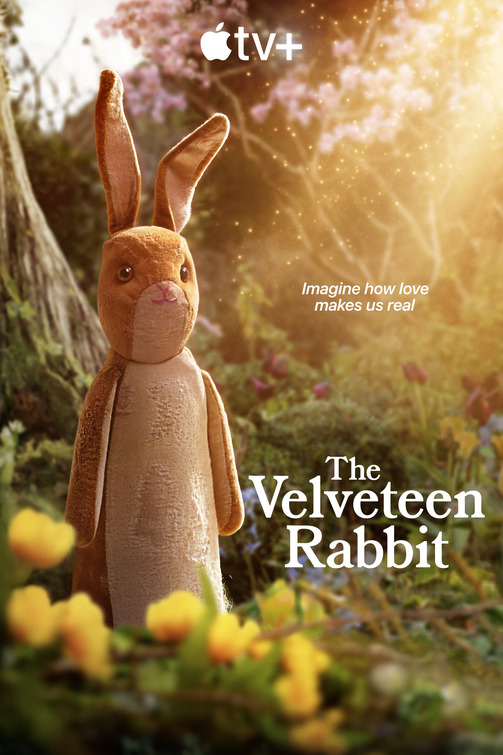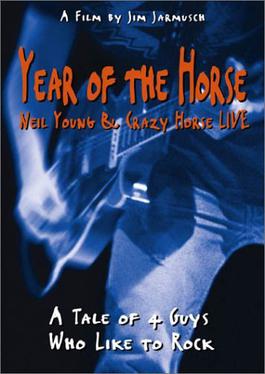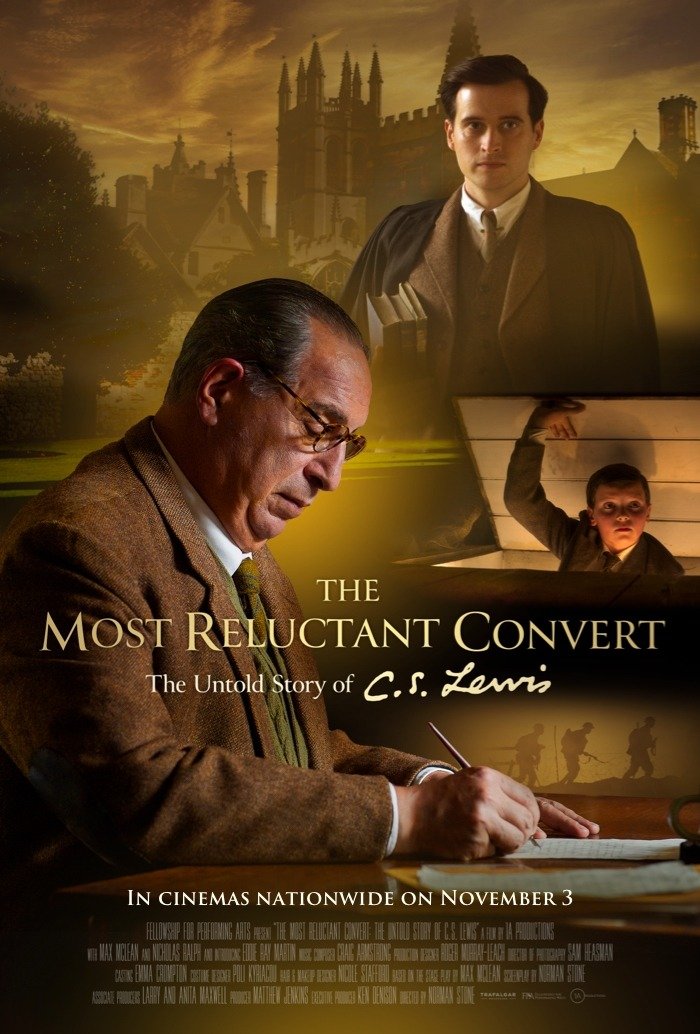"Idolizing the Rock Star"

| None | Light | Moderate | Heavy | |
|---|---|---|---|---|
| Language | ||||
| Violence | ||||
| Sex | ||||
| Nudity |
What You Need To Know:
The movie contains is too much talk and too much adulation. Director Jim Jarmusch’s admiration for Neil Young becomes so apparent, it seems to be the major focus of this music documentary. Therefore, the film becomes tiresome. The hyped-up artistry, especially with sweeping hallucinatory landscapes, overwhelm the music, which is the one reason why people would want to see this film. At one time, the group talks about a Bible verse dealing with God’s wrath inflicted on those who go against Him. Another moment has the group soberly talking about drugs. Otherwise, the raw and mesmerizing power of the group’s music is drowned in self-adoration and imagery.
Content:
(Pa, B, LLL, D, M) Pagan worldview idolizing rock stars & one biblical element where Bible is discussed, but in the context of God’s wrath directed at those who go against him; 35 obscenities & 7 profanities; drug abuse though there is some mention of the adverse effects of drug use & smoking; and, video clip of shoplifting
More Detail:
Director Jim Jarmusch emphatically states a couple of times that he is a big fan of musician Neil Young, and this idolization becomes very apparent in his movie THE YEAR OF THE HORSE, about Neil Young and the Crazy Horse band. Combining live performance, footage filmed in Europe and the US during their 1996 tour, some earlier footage from 1976 and 1986, interviews and behind-the-scenes footage, the film tries to give candid insights into the famed musician who started gaining popularity in the 1970s and whose music is still popular today.
Wearing the typical rock star grunge look throughout, long straggly hair and baggy T-shirts, Neil Young and Crazy Horse band members, as well as Neil Young’s father, Scott Young intermittently inject asides, wise-cracks and general chatter about themselves, the band’s music, drug use, and even a discussion on some verses from the Bible into this music-documentary. However, the Bible discussion focused on violent acts of wrath by God inflicted on those who go against His word.
Neil Young is, of course, the movie’s central focus. He talks about how the band came together with band members Ralph Molina (drums/vocals), Billy Talbot (bass/vocals) and Frank “Poncho” Sampedro (guitar/vocals). The band’s musical stamina is apparent, since they first started recording together in 1969.
They talk fervently of the ‘singular’ sound of their music together, and Neil Young introduces the opening track to their new “Year of the Horse” release by saying, “It’s all one song.” Incorporating flashbacks from the 1970’s to present-day, the film recalls the founding of Neil Young with The Rockets, which then featured Molina and Talbot in a vocal group called Danny Whitten & The Memories. They recorded some great songs together, but Whitten’s increasing use of heroin drove him out of the band, and he in fact died from heroin overdose in November 1972.
The band did not take on the name Crazy Horse until the arrival of Frank “Poncho” Sampedro in late 1973. From that moment, Neil Young and Crazy Horse would create many memorable hits and albums including the song “Like a Hurricane,” the acclaimed 1978 “Rust Never Sleeps” tour, the “Crazy Moon” album, 1981’s “RE*AC*TOR” album, 1986’s “In a Rusted-Out Garage/3rd Best Garage Band” world tour, 1991’s “Smell the Horse’ Tour, 1994’s “Sleeps with Angels” album, and 1996’s “Broken Arrow” album, and the “Year of the Horse” Tour. The “Year of the Horse” concept came from the band’s producer, David Briggs, who died in November 1995 and is described as “probably more the 5th member of Crazy Horse than anybody could ever be.”
The film primarily presents itself as a showpiece for Jim Jarmusch’s admiration for Neil Young. Throughout, he makes it very evident that Neil Young is a legend, which he is to many of his fans. However, the praises are ceaseless, whether they come from individual band members extolling each other or Neil Young lauding himself for the greatness of his music. Interesting as it is to see the band electrifying crowds with their music still going strong after more than two decades of music, the constant patting of each other’s back becomes tiresome, and yes, boringly so. Jim Jarmusch’s adulation of Neil Young is the centripetal force of this film, all else moves in orbit around this.
The power of the group’s music is lost somewhere between all this obvious adulation, a tremendous pity since the music of Neil Young and Crazy Horse could have said a thousand words. Instead, the music is few and far between, except for an over dramatic climax with excerpts from the song ”Like a Hurricane” where Jim Jarmusch’s visual imageries rocked the screen like a hurricane.
The sizzling energy of the band and its music is too often interrupted by meaningless chatter of interviews gleaned from all in the band. At times MTVish in nature, the film seems to be too preoccupied with itself to make any impact on the music of Neil Young and Crazy Horse. The music, which continues to enthrall many fans old and new, is lost somewhere between Jim Jarmusch’s creation of self-adulation and overly hyped-up visual artistry. More guts and less glory would have made a better film.



 - Content:
- Content: 



